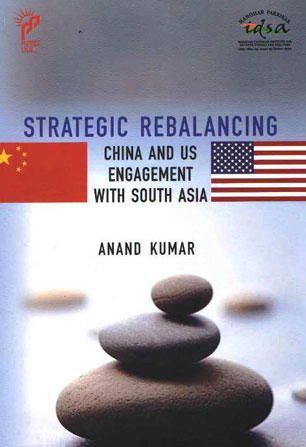NATO in Afghanistan: Fault lines in the transatlantic alliance?
An amicable resolution of issues between America and Europe on addressing the Afghan quagmire is unlikely given that the end state is not clearly defined.
- Shanthie Mariet D’Souza
- April 02, 2009














 The withdrawal of ceasefire announced by the Baloch nationalist groups in September 2008, saw a sudden spurt in casualties in Balochistan. During the month the incidents of violence increased to 430 from 388 in December 2008.
The withdrawal of ceasefire announced by the Baloch nationalist groups in September 2008, saw a sudden spurt in casualties in Balochistan. During the month the incidents of violence increased to 430 from 388 in December 2008. Although there was no movement of troops from the Western borders to the East, Pakistani security forces allowed vast tracts of land in FATA and Swat Valley go under the control of Taliban.
Although there was no movement of troops from the Western borders to the East, Pakistani security forces allowed vast tracts of land in FATA and Swat Valley go under the control of Taliban.

